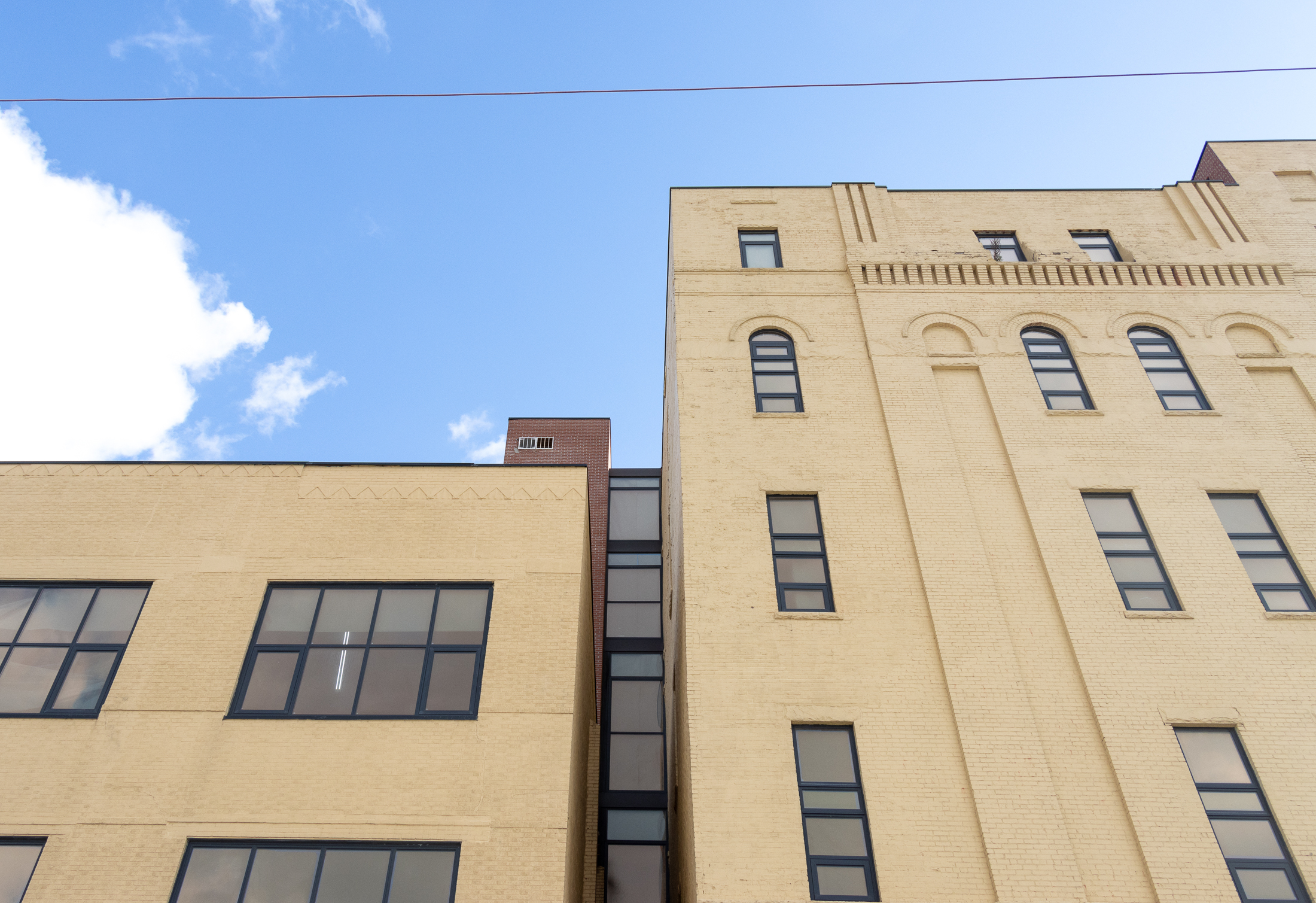Bloomberg's Legacy and Beyond
A series of articles in the New York Times over the weekend examined Bloomberg’s controversial legacy. Under his 12-year tenure, 37 percent of the city was rezoned, including the Williamsburg and Greenpoint waterfront. Other changes: The building of Barclays Center, 450 miles of new bike lanes across the city, the Citi Bike bike sharing program,…

A series of articles in the New York Times over the weekend examined Bloomberg’s controversial legacy. Under his 12-year tenure, 37 percent of the city was rezoned, including the Williamsburg and Greenpoint waterfront. Other changes: The building of Barclays Center, 450 miles of new bike lanes across the city, the Citi Bike bike sharing program, Brooklyn Bridge Park, and an additional 170,000 units of housing. Critics say Bloomberg’s policies ushered in the gentrification of Brooklyn. As New York prepares to elect a new mayor, candidates are pushing for mandatory inclusionary zoning, which would increase the amount of low-cost rentals and condos that actually get built alongside privately developed new construction. Click through to the Times story to see interactive graphics that show before and after shots of the Williamsburg waterfront. Do you think Bloomberg’s policies were a positive or negative for Brooklyn? And what should the new mayor do?
Bike Lanes, Rezoning: How Bloomberg Reshaped New York [NY Times]
Return of Rent Control: Candidates Push for Mandatory Inclusionary Zoning [NY Observer]









It has been a long time since homes sold that low. Many of those folks moved on a while ago. As an area “gentrifies,” the first people to sell, as prices are rising, don’t usually make out that great. The people who stay longer have often used their home–which is typically their largest and, in some cases, only, investment–to take loans for maintenance of the building as well as living expenses. By the time they leave, or die, there may be multiple mortgages on the place. Homes sold as part of an estate do sell for less money, even in this market–outdated, in need of repairs. When they do sell, the proceeds may be divided among a large group of heirs, none of whom can afford to take over the house and are thus priced out without making out like bandits. But gentrification also expresses a value: traditionally, a newcomer moves into an area, learns the local way of doing things, and tries to fit in. Gentrification implies a group of people superimposed on a community, with no real desire to befriend them, do what they do, have them over for a meal, make sure their kids play together, etc.
Grr, can’t edit my post. I just can’t wrap my head around that newcomers with money are “forcing” anyone out and are “the problem”, which seems to be the accepted narrative. If landlords weren’t increasing rent, longtime residents wouldn’t be going anywhere, right? Please correct me if I’m overlooking something/
I am genuinely curious in asking this question: Who is “pricing out” long-time residents? Isn’t it the landlords raising rent and homeowners selling their own homes, who are for the most part the same people that live(d) in that neighborhood?